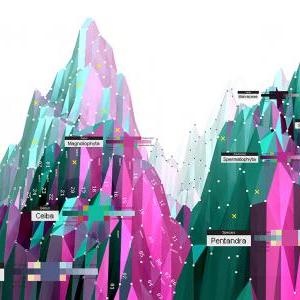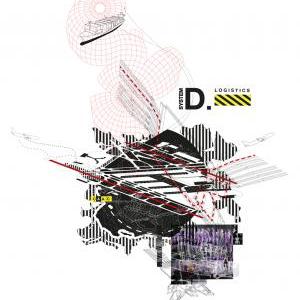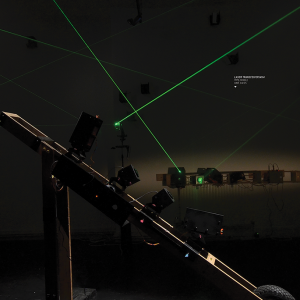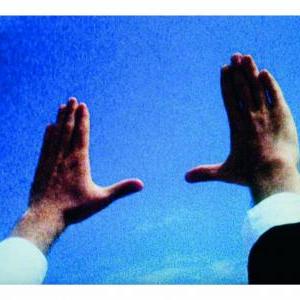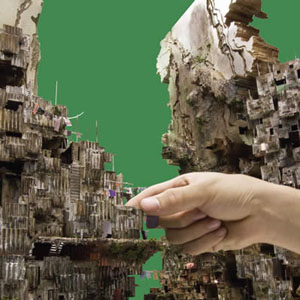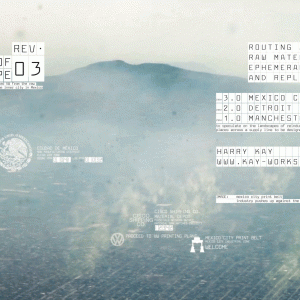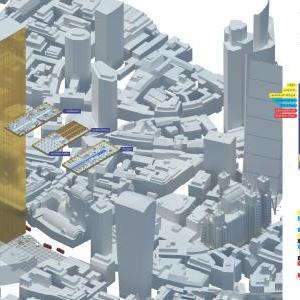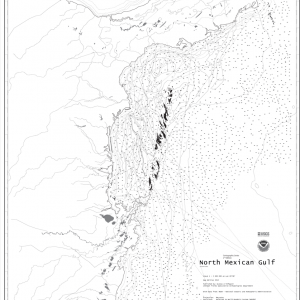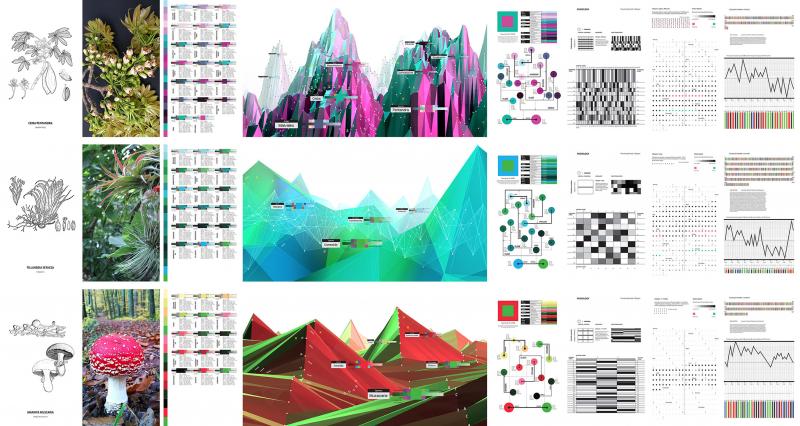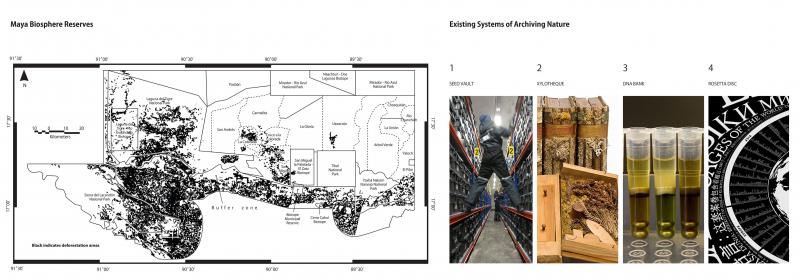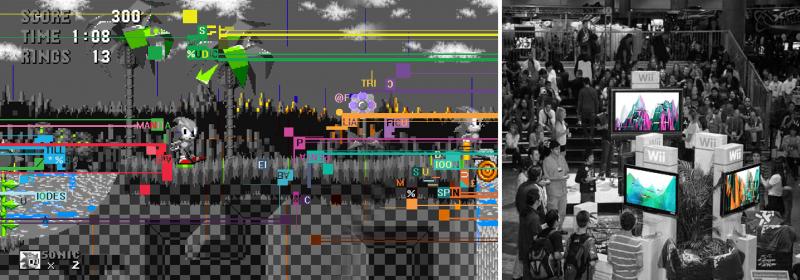The ‘Unknown Fields Division’ of Diploma 6 is a nomadic design studio that takes annual treks to the to explore peripheral landscapes, industrial ecologies and precarious wilderness. These landscapes – iconic, ignored, excavated, irradiated and pristine – are embedded in global systems that connect them in surprising and complicated ways to our everyday lives.
This year as the world of new-agers, mystics and psychonauts pilgrimage south, Unknown Fields journeyed with them to Central America to ponder the rise and fall of cities and civilisations, both ancient and modern, and to investigate the cultural and technological infrastructures that underpin them. These fallen empires leave infrastructural traces, evidence of their greatest dreams and fears. In this time of crisis, as the future again becomes a project and the Mayan long-count calendar starts anew, we have imagined what comes next.
As members of our Department of Irrational Logistics, Harry worked in the shadows of the megacity imagining the trail of a 3D-printed VW, from the raw material ports to the markets of inner-city Mexico, Stefan proposed an archipelago of season-free trade zones in landscape loopholes on the US-Mexican border, and Evan, as a consultant for Levis, suggested condensing the global supply chain of 501s into a single factory – the biggest building in human history. Tobias of our Finance and Speculations Division programmed an autonomous infrastructure of mobile server farms that drift along fibre optic cables and search for trading sites while Jack has rallied investors to fund a gold-plated residential tower that smuggles a social housing agenda into a skyline of wealth.
In our Laboratory for Instruments and Imagination, Artemis engineered a superstitious city of seismic instruments while Selim built a floating observatory to calibrate the edges of space. With our Simulated Botanies Group, Chapman subverted the cartel cocaine economy with a bioengineered coca seed, and Ling archived the DNA of an endangered Guatemalan rainforest in the digital landscapes of massive multiplayer games loaded on almost all the planet's machines.
Unit Masters
Liam Young
Kate Davies
Special Forces
Motion Designer Oliviu Lugojan-Ghenciu, Science Fiction Author Tim Maughan, Comic Illustrator Kristian Donaldson, Filmmaker Ilona Gaynor, Mexico Fixer Diego Trujillo, Photographer Carlos Alvarez Montero, Animator Jonathan Gales, Hacker Eleanor Saitta, the high-altitude research team at the Mexico Large Millimetre Telescope and the accommodating border guards at the Mexico, Guatemala and Belize border crossings.
Ling Leng
Digital Rainforest Ark
http://lingleng.co.uk
info@lingleng.co.uk
The project aims to create a digital archive of Maya Rainforest inside massively distributed gaming infrastructure, across millions of netizen's laptops. The Maya Biosphere Reserve was created by Guatemalan government in 1990 to protect the rainforest as a cultural and ecological heritage. However, due to illicit farming, booming population and commercial exploitation, the rainforest is being destroyed at an alarming rate. Therefore, it is crucial to establish an alternative form of archive that can turn this trend around.
Nowadays, 90% of young people in Europe, China and America play video games, therefore the online gaming community might be the most promising place where the interactive archive could survive and thrive. Just as Chinese Gold Farmers farming virtual currency in World of Warcraft, the internet might become a new type of wilderness where the algorithm of nature continues to evolve in the Infinite Game. Soon, the real forest and the virtual archive gradually diverge, the archived forest takes on its own life, and the last resort of wilderness might be on the internet, inside the gaming environment.
The project uses many innovative ways of translating the algorithm of nature into the game environment. Taxonomy, Phenology and DNA data of six chosen plant samples are being encoded into the gaming landscape. The digital archive redefines natural landscape, and challenges how we perceive nature in the digital era.
